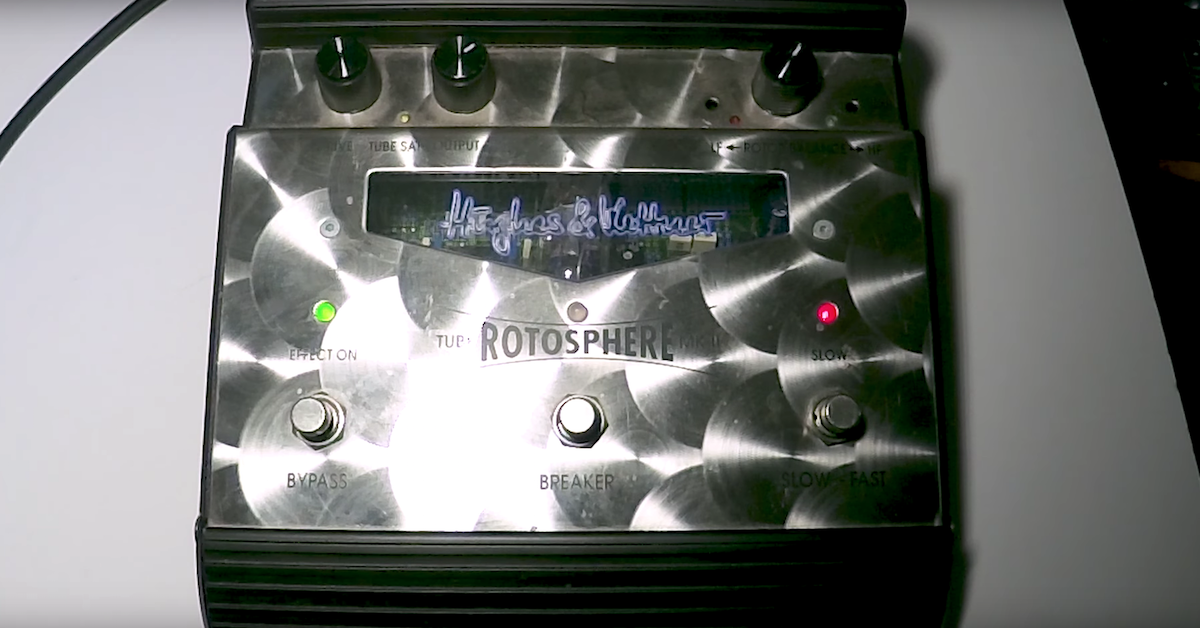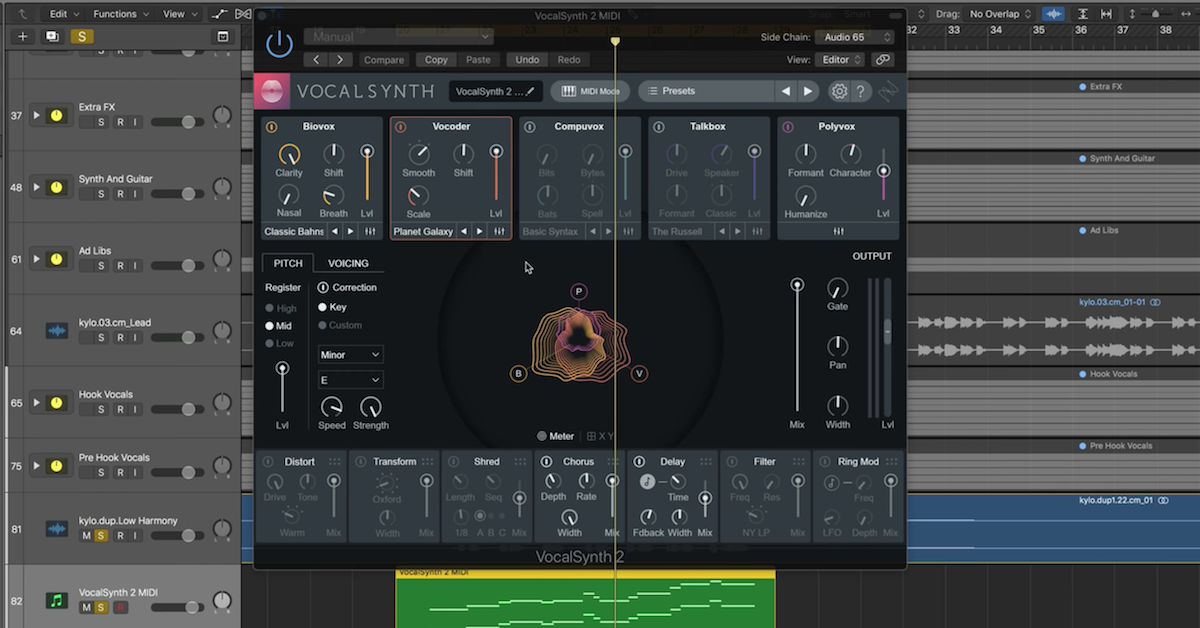Things to Consider When Buying a PA System
Article Content
Freelancing is part of being an audio engineer. If you’re working in live sound, you may be working for a specific venue and using their gear every night. Or maybe you’re touring with a band, seeing the world and working in a new venue every night.
Either way, it’s probably crossed your mind on more than one occasion to go into business for yourself. Just buy your own sound system and you won’t have to put up with people telling you what to do! No more cheap or broken gear! It’s a tempting idea but where do you start?
First, you should brush up on The Basics of Live Sound and refresh your memory on how speakers and power amps work.
Next, do some research and determine what size sound system you’ll need. Do you plan on running shows in coffee shops or amphitheaters? Nightclubs or houses of worship? What about outdoor festivals? Or god forbid — weddings? The size of the room and the amount people it can hold are the first factors to consider.
So how much power does it take to reinforce a 250 capacity room vs a 500 capacity room? Well, to answer that, first we have to talk about Watts.
Watts That?
Without getting too deep into Ohm’s Law, wattage is a measurement of power. It’s determined by multiplying voltage and current. Both speakers and power amps have power ratings (measured in watts), which can be used to determine how “loud” they can get.
In live sound, we typically measure loudness by the sound pressure level or SPL. If you put your hand in front of a speaker you can literally feel it moving the air. The farther away you are from the speaker, the less pressure you feel, and the quieter the music becomes.
If you’re buying a sound system for a specific venue, try to find the average listener distance from the stage, and measure the SPL at that point. Otherwise, the good folks at Crown have provided a list of average listener distances for a variety of different venues:
- Coffeehouse — 16 to 32′ (4.8 to 9.8 m)
- Small club or auditorium — 32′ (9.8 m)
- Medium club, auditorium or house of worship — 45′ (13.7 m)
- 2000-seat concert hall — 110′ (33.5 m)
- Small outdoor festival — 50′ (15.2 m)
- Stadium or arena — 100 to 300′ (30.5 to 91.4 m)
Genre Considerations
Many engineers try to buy the loudest sound system they can afford. Believe it or not, just because a show is loud doesn’t mean it sounds good.
If you’re working with an acoustic jazz trio, it’s probably best to keep things on the quiet side. But if you’re working with rock bands, you’ll need some extra power. And if you’re mixing rap, hip-hop or EDM, you’ll need extra subs for low end enforcement.
Crown suggests the following dB SPL levels for these genres:
- New Age: 60-70 dB SPL
- Folk: 75-90 dB SPL
- Jazz: 80-95 dB SPL
- Classical: 100 dB SPL
- Pop: 90-95 dB SPL
- Rock: 95-110 dB SPL
- Metal: 110 dB SPL
Now that you know the relative size of the venue, and the genres you’re most likely to work with, you can finally decide how much wattage your system should provide. Crown has a handy Power Calculator to help you with the math.
If you don’t have a particular venue or genre in mind, Crown has put together a great guide to help determine how much wattage is needed for different types of shows:
- Folk music in a coffee shop with 50 seats: 25 to 250 W
- Folk music in a medium-size auditorium, club or house of worship with 150 to 250 seats: 95 to 250 W
- Folk music at a small outdoor festival (50 feet from speaker to audience): 250 W
- Pop or jazz music in a medium-size auditorium. club or house of worship with 150 to 250 seats: 250 to 750 W
- Pop or jazz music in a 2000-seat concert hall: 400 to 1,200 W
- Rock music in a medium-size auditorium, club or house of worship with 150 to 250 seats: At least 1,500 W
- Rock music at a small outdoor festival (50 feet from speaker to audience): At least 1,000 to 3,000 W
- Rock or heavy metal music in a stadium, arena or amphitheater (100 to 300 feet from speaker to audience): At least 4,000 to 15,000 W
Equipment Specs
Now that you know the size of the venue, and the amount of power you need to properly reinforce it, you can start to narrow down some options. But first, you’ll need to understand the different equipment specs.
Speaker sensitivity is a measurement of how efficiently the speaker can convert power into volume. Speakers with high sensitivity need less power than speakers with low sensitivity.
Speaker sensitivity is measured in dB SPL/Watt/meter, which can be read as how loud the speakers will be 1 meter away when supplied with 1 watt of power.
Here are the typical loudspeaker sensitivity ratings, according to Crown:
- 95 dB for small PA speakers
- 100-105 dB for medium PA speakers
- 110 dB for large PA speakers
Next, you’ll need to check the speaker’s power rating. A speaker’s power rating is a measurement of how much power or volume it can produce.
Sometimes power rating is referred to as program, continuous or RMS power rating. If you’re purchasing passive speakers, you’ll need to purchase a power amp that’s at least 50% more powerful than your speakers.
Finally, you’ll need to check the impedance. Impedance, measured in Ohms, tells us how resistant the power amps and speakers are to electricity. The most important thing about impedance is that the speakers and the power amps have the same impedance rating.
Manufacturers
I can’t tell you what speaker/power amp combo will sound best in your particular venue. I honestly don’t know. Plus, it’s kind of subjective. But I can give you a list of some popular manufacturers:
If possible, try to test out the system before you buy it. And if nothing else, make sure they have a solid return policy. If not, don’t panic. It’s a seller’s market. Try a variety of combinations and see what you like best. As always, remember to use your ears and trust your gut!





